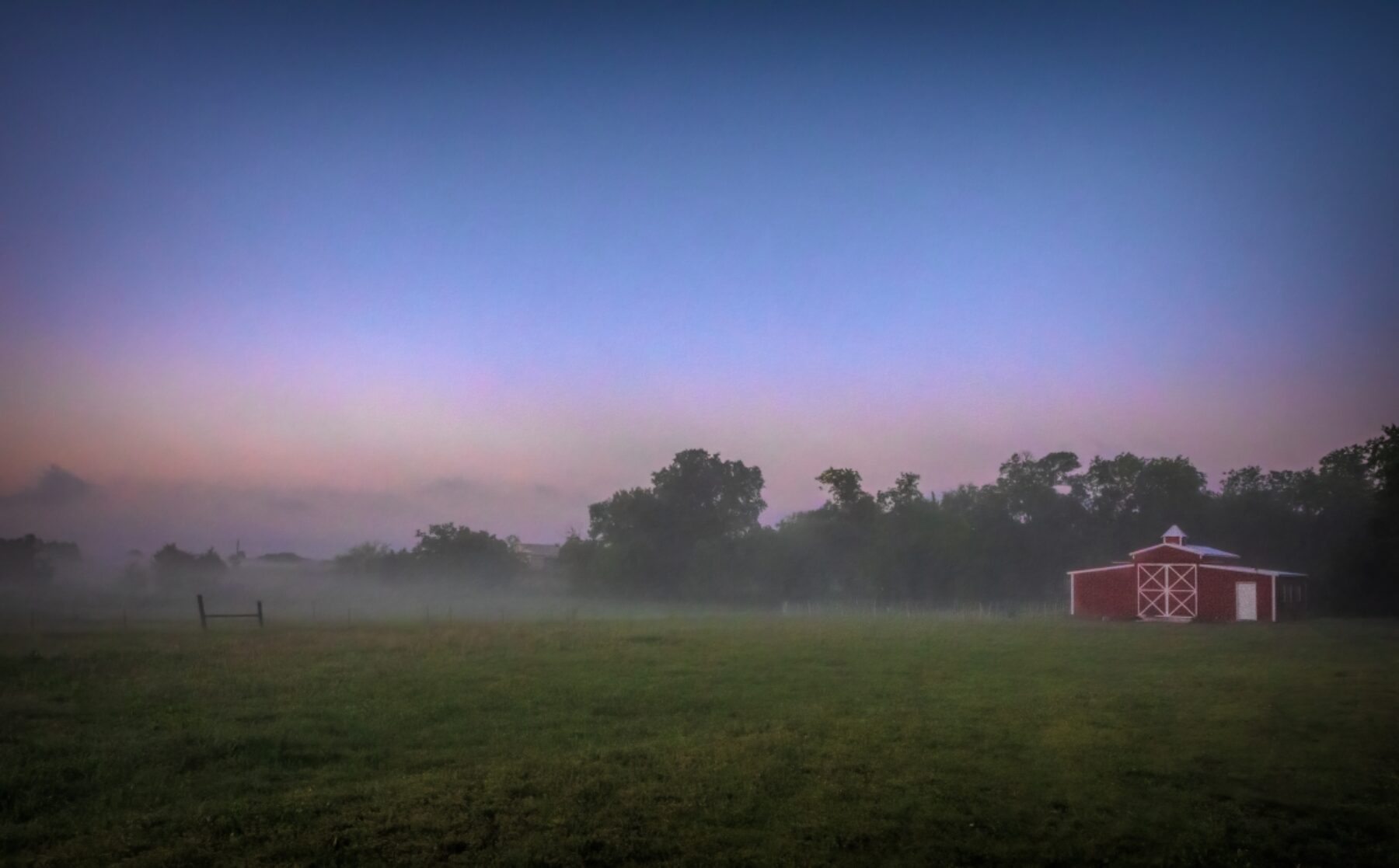East Friesien * Awassi * Lacaune Crosses

If you are new to dairy sheep here’s a short description of the three main breeds that our sheep have in their genetics:
East Friesian (EF): These are the the big producers of milk. They come from the East Friesia area of Germany. Typically white with pink noses and ears, there is a black EF that is also referred to as Zwartbles. Zwartbles usually have a white blaze on their black head. Their wool coat fades to brown as it grows. The breed is naturally polled which means they don’t grow horns. East Friesians sport what’s referred to as a rat tail which is longish and nearly hairless.
East Friesians will produce, on the low end, 130 gallons up to somewhere north of 200 gallons at the high end per season. Assume the lactation period runs 6 months up to 9 months. Butterfat is pretty high at 6%.
Awassi: Commonly found in East Asia, they are well developed to sustain themselves in more arid, dry pasture conditions. The males are horned while the females are often, but not always naturally polled. If the ewe grows horns they are typically short spurs. The Awassi tail is shorter and fat. The fat tail stores nutrients for leaner periods. Aside from thriving on less lush pasture, they are naturally more parasite tolerant.
The trade off for all the hardiness of the Awassi breed is less milk. Based on my research, a pure Awassi produces between 50 to 80 gallons of milk over a maximum six month period.
Assaf: A breed developed by crossing EF with Awassi. The goal here is to get both strong milk production and parasite resistance.
Lacaune: Another white sheep from Southern France. Medium sized build. Naturally polled so no horns. Lacaune deliver 80 to 100 gallons over about a six month period. Known for good teat shape and placement.A
Finnsheep: Not all Finns are dairy animals. However, a handful of breeders are working on milky lines. We are excited to join these breeders. Finns are know for wonderful fleece and meat with a delicate flavor. We find them very friendly. Finns are smaller than EF crosses and they are more thrifty from a feed perspective. Also, Finn ewes, can have literally litters of lambs. We know of one ewe that has had lambing litters of 6 and 7 lambs in different years. Expect a six month lactation and anywhere from a quart to a half gallon a day.
OUR SHEEP
EWES: Dot and Louise are high percentage EF crossed with Lacaune. (I do linger a suspicion that Louise also has some Awassi in her. There are Awassi raised at the sheep dairy from which we got her. My reasoning is her unusual coloration and her tendency to throw off lambs with scurs or horns) Dot is a big ewe at about 200 lbs while Louise is a bit smaller at 175 lbs. Our pure Finn ewes are Sugar who weighs in at about 135 lbs and Dandelion who weighs in at 140 lbs.
RAMS: Our rams are also pure Finn Fredo and Oliver are wonderful rams who are so friendly my husband Bob calls them wooly puppy dogs. Fredo weighs in at about 170 lbs and Oliver who is a very large Finn ram is at about 200 lbs and may get bigger.
